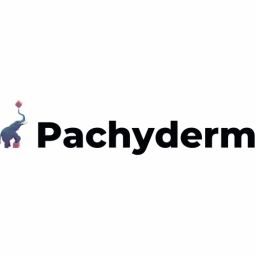Download PDF

Pachyderm
Overview
HQ Location
United States
Year Founded
2014
Company Type
Private
Revenue
< $10m
Employees
51 - 200
Website
Twitter Handle
Company Description
Pachyderm is cost-effective at scale, enabling data engineering teams to automate complex pipelines with sophisticated data transformations across any type of data. The company's unique approach provides parallelized processing of multi-stage, language-agnostic pipelines with data versioning and data lineage Tracking. Pachyderm delivers the ultimate CI/CD engine for data.
IoT Snapshot
Pachyderm is a provider of Industrial IoT application infrastructure and middleware, and analytics and modeling technologies, and also active in the automotive, and oil and gas industries.
Technology Stack
Pachyderm’s Technology Stack maps Pachyderm’s participation in the application infrastructure and middleware, and analytics and modeling IoT Technology stack.
-
Devices Layer
-
Edge Layer
-
Cloud Layer
-
Application Layer
-
Supporting Technologies
Technological Capability:
None
Minor
Moderate
Strong
Case Studies.
Case Study
Optimizing Autonomous Driving with IoT: A Case Study of Woven Planet and Pachyderm
Woven Planet, a subsidiary of Toyota, is focused on building the safest mobility in the world with a particular emphasis on automated driving. The Automated Mapping team at Woven Planet is tasked with creating automotive-grade maps for use in automated and autonomous-driving vehicles. This requires the use of aerial orthographic projection, a method that has been used in the development of consumer-grade navigational maps. However, using this data to meet the rigorous requirements of automated driving at a continental scale is a significant challenge. The maps for automated driving applications need a level of detail, accuracy, and precision far beyond those of their consumer-grade counterparts. This requires processing large volumes of data. The Automated Mapping team needed an orchestration system that could scale to meet elastic workloads, easily toggle between structured and unstructured datasets, and provide long-lived pipeline stability for continuous, region-based map updates.





